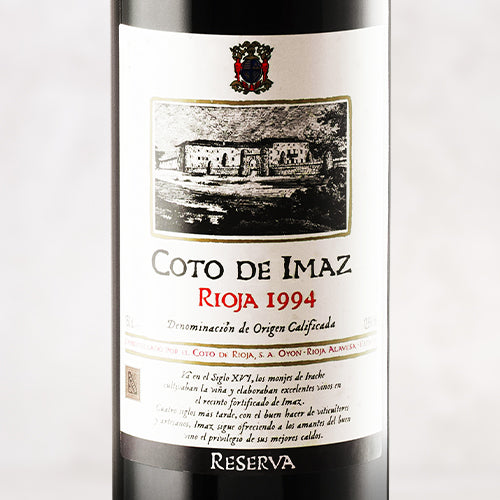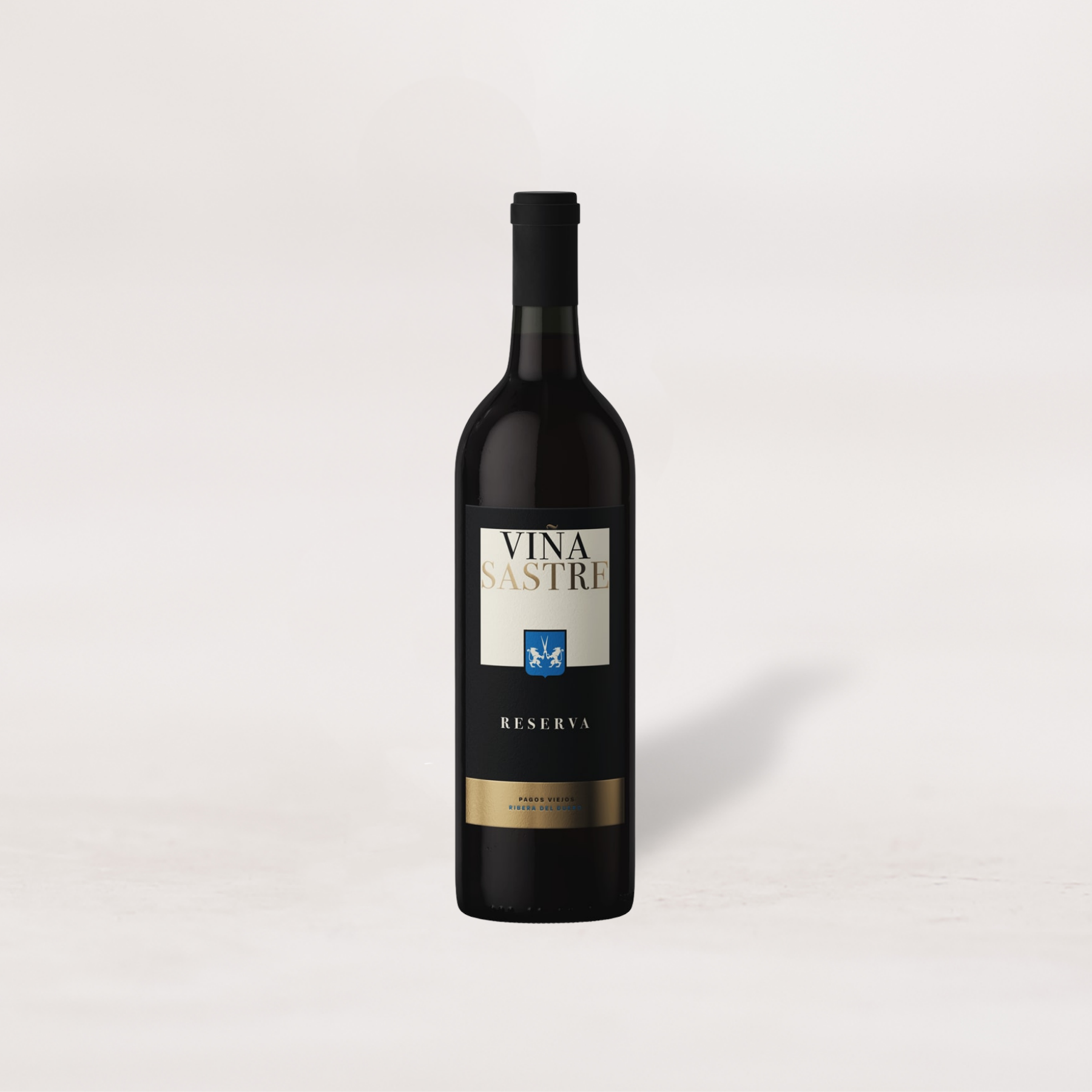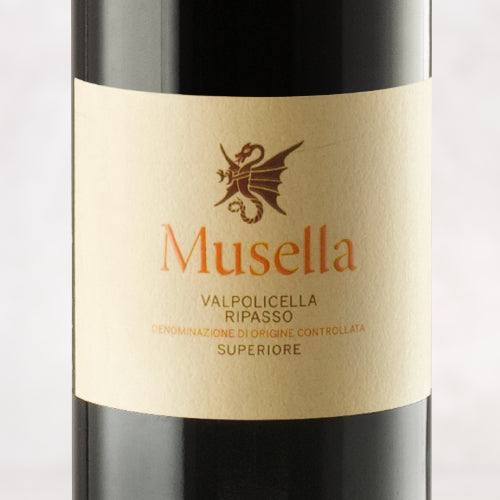For those who remember when Valpolicella Ripasso was one of the trendiest Italian wines on the market, today’s wine may prompt the same reaction in you as it did in us: Where have you been, old friend? And, to take it a step further, how does Musella put a Demeter-certified biodynamic wine of this quality in the bottle at such a modest price? In past offers of Musella wines, we’ve tended to focus more on technique than terroir, because wines like Valpolicella Ripasso and its bigger, brawnier brother, Amarone, are indeed wines that necessitate some intervention by the winemaker. But, as its importer aptly describes it, Musella is a “modern-day Garden of Paradise” just outside the beautiful city of Verona. For many years, Valpolicella was more of a “brand” in the US, but this wine from Musella needs to be justly celebrated as a serious wine of place. It is strikingly pure, blessed with a beautifully silken texture thanks to the ripasso process (more on that below), and aromatic as all get-out. It’s a melding of classicism and modernity you rarely see, and the price is simply unbeatable. This cannot be missed!
Meaning “re-passed” in Italian, ripasso is when a finished wine is subjected to a second maceration on the skins and pulp of dried grapes. It grew out of another tradition unique to Valpolicella—the production of Amarone, which is made from grapes that are dried for several months after harvest, then fermented. After Amarone is finished fermenting and the juice is “racked off” the solids, those solids still have a lot to give: ripasso is when a Valpolicella wine produced months earlier is added to a vessel containing the solids from an Amarone fermentation. The result is a velvety, more concentrated Valpolicella that borrows some of the chocolate-cherry richness of Amarone while holding onto its freshness and nerve. Some like to call it “baby Amarone,” but that’s not an appropriate moniker for Musella’s silky, elegant rendition. While many ripassi are quite chunky, this one’s got the texture and aromatic intrigue of a ripe style of Pinot Noir.
The Musella estate is quite vast, covering roughly 1,000 acres in and around the town of San Martino Buon Albergo, in the Valpolicella DOC zone. Most of the property is wild forest, with about 60 vineyard acres farmed according to biodynamic principles. Since 1995, the Pasqua Di Bisceglie family has replanted historic hillside vineyards to native grape varieties such as Corvina, Corvinone and Rondinella, and they’ve firmly established Musella as a new-generation benchmark for Valpolicella/Amarone production.
Today’s 2020 incorporates fruit (mostly Corvina and Corvinone) from 20- to 50-year-old vines. They are dried briefly before fermentation on native yeasts, then the wine undergoes ripasso some months later; following that, the wine is aged for 12 months in an assortment of (mostly used) French oak barrels, which range in size from 350 liters to 1.5 hectoliters.
In the glass, it’s a translucent ruby-purple with pink and magenta highlights, with aromas of brandied cherries, lavender, violets, licorice, dark chocolate, tobacco, and baking spices carrying over to a medium-bodied, velvet-textured palate. The interesting thing about drying grapes—rather than leaving them on the vine to become overripe—is that the flavors are concentrated without a corresponding lack of acidity. It’s a fascinating thing to contemplate as you taste this wine, which is sumptuous and ready to go right now and over the next few years. Decant it about 30-45 minutes before serving at 60 degrees in large Burgundy bowls; its well-calibrated hint of Amarone-like lusciousness will make it a good partner to braised and grilled meats. Given its melding of sweet/spicy/savory, try it with rubbed/sauced baby back ribs. You’ll be pleasantly surprised with the results. Enjoy!











